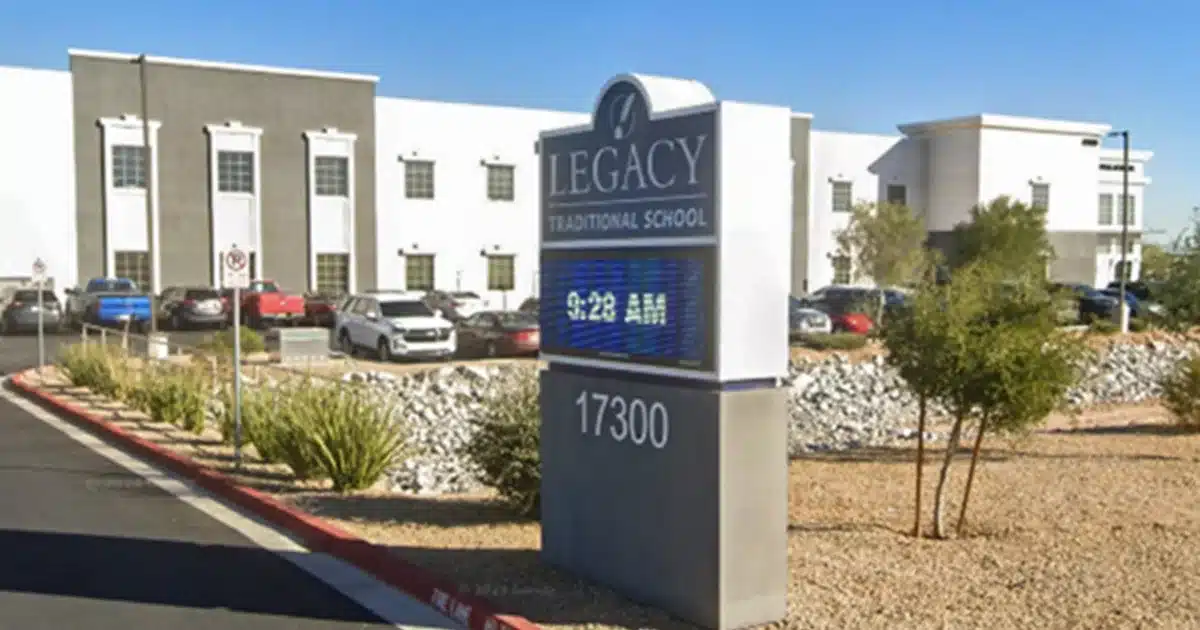Air Terminal Lighting Floodlighting In Flight Got A Handle On
From the red aides that highlight each completion of a runway through to vast floodlighting structures that illuminate each stand, business air terminals are immersed with light. Air terminal lighting expects to be an essential part of present-day flying, affecting everything from prosperity and security to the speed of a plane’s circle back.
Featured Image VIA
All the while, flight lighting can be a confounded subject that anticipates comprehensive data on different rules, rules, and ideas from an extent of supervising bodies. Here, we’re focusing on a fundamental level regarding the question of air terminal cover lighting, answering without a doubt the most ordinarily explained major problems and giving a couple of steady ideas on the most effective way to help the suitability of your own cover lighting game plan. Kanglight
What Are The Different Sorts Of Air Terminal Lighting?
At an outstandingly far-reaching level, air terminal lighting can be isolated into two great characterizations: those used when a plane is moving and when it is in the halting position. In the first of those social events, we have systems, for instance, Runway lights are used when a plane has left the entryway and is going towards the runway. Runway lights are blue on the edges and green on the center line. Red “stop bar” lights are similarly used to keep planes from moving across used runways.
Runway lights guide flight and landing. The lights at the edge are white, while the cutoff (start) and end lights are green and red independently. Push toward lights, which help pilots arrange their plane for showing up during times of low detectable quality. The push toward lights uses white lights mounted to posts, with each shaft working in a fast progression. These essentially point a pilot towards the runway through a “squinting” white line. The resulting class – lights used when a plane is exceptionally still – revolved around cover lighting. Cover lighting is a general term that implies lighting that covers both the stands (locales in which aircraft are halted) and the districts around them. Kanglight
Why Is Incredible Cover Lighting Critical?
Other than flight and landing, essentially all that necessities to happen for a plane to work occurs on the cover. Explorers load up, land cargo, and give food to get stacked and unloaded, and various groups work with the plane cleaning, refueling, and backing. This, in the mix with the “constant” nature of the high-level air terminal, suggests that extraordinary cover lighting is essential.
The idea of an air terminal’s covers lighting influences:
Prosperity and security: covers can create involved locales, with huge vehicles working in closeness to ground gatherings. Incredible lighting limits the bet of incidents and helps ensure that any unapproved staff can quickly be spotted and moved to someplace safe. Utilitarian capability: a weak or grim cover locale makes it harder for ground staff to do their tasks which build the bet that flight will be conceded. In 2019, the typical cost of a plane deferral was almost $75 every second. Explorer experience: to the extent that pure wisdom, an adequately splendid cover can give voyagers the comfort that their plane is in safe hands – offering them the ability to see direct the work that returns to set it up.
New Article Trash: from rocks and sand through to outfits, catering trolleys, and, surprisingly, everyday life; if it should not be on the cover, then, at that point, it’s New Article Garbage (FOD). FOD impacts everything from voyager flourishing to plane security, and fruitful lighting ensures that that junk can be spotted – and taken out – as quickly as anticipated.
What are the rules as to air terminal lighting?
At the main level, the Overall Normal Flying Power (ICAO) circulates an overview of ideas concerning flight lighting. While these are not required, close by “Gifted Trained professionals” – by and large a country’s Insightful Flight Authority or Prosperity and Security Rules Office – take those ideas and make an understanding of them into confining genuine necessities. Subsequently, rules will generally be distinct for a country or locale. While a Talented Authority can choose to outperform the heading outlined by the ICAO, ideas from the last choice truly offer a significant hint of the required lighting levels.
For instance:
At a plane stand, the ICAO recommends a level luminance of 20 Lux with a consistency extent (ordinary to least) of not more than 4 to 1 and a vertical luminance of 20 Lux at a degree of 2m over the cover in huge headings. In other cover locales, the ICAO proposes a level luminance that is half of the regular luminance on the plane’s remaining parts, with a consistency extent (typical to least) of not more than 4 to 1. NB: The cover is a displayed land package at an air terminal that is discrete from the runway and runway. Along these lines, particular headings and rules apply. For additional information on this separation, assuming no one minds, see our going with an online class.
What kinds of lights are used on a cover?
Covers are gigantic outdoor districts. In this way, they need strong floodlights to be enlightened. Additionally, especially like in various organizations, different air terminals are by and by going to Drove-based deals with serious consequences regarding their cover and other flight lighting needs. Driven lights offer a bewildering response to the necessities of a flight environment for a couple of obvious reasons: They give a monstrous proportion of street light while consuming less power than different standard choices.
They have a more broadened future than more prepared lighting plans, suggesting that fixes and replacements are often expected.
They can be turned to a great extent immediately, inferring that they can be deactivated whenever they’re not utilized. Many Drove air terminal lighting game plans can be presented through a “retrofit” approach and associated with the runway’s ongoing shaft establishment. With reasonable collecting standards, Drove floodlights can be perfect – giving raised levels of affirmation against force, cold, and drenched. Joined, these components add up to a flight lighting plan that is more affordable to run, better for the environment, and more flexible to an air terminal’s necessities.
How would I have some thought daily courtesy for my air terminal at any rate?
Setting up an air terminal lighting structure isn’t just an issue of considering what’s necessary today, but about what will pass the best results on over an extended time. Different requests ought to be answered, and an extent of thoughts that stretch from security and legitimacy to CAPEX and running costs. Having conveyed lighting courses of action at more than 100 air terminals all around the planet, Midway Lighting can help you make the ideal choices concerning your air terminal Drove lighting needs.















